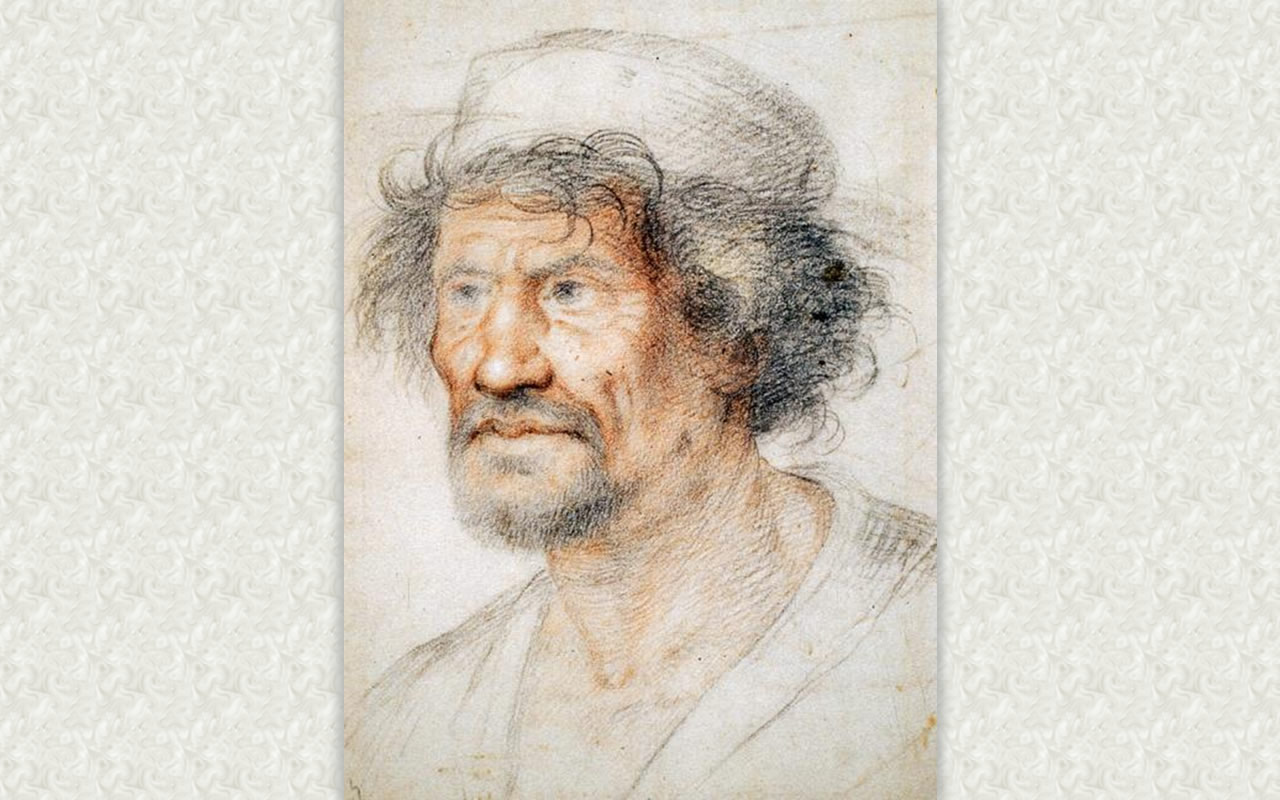
Michelangelo: Precedents, Innovations, Influence is a choice out of pure curiosity. I was just back from my first trip to France and Germany. Things I saw there pointed me to Italy. Since I know nothing about Italian arts except for the names, so I figured I’d better do my homework before the visit. When I looked through the course list of Graduate School of Design, it amazes to see such a course. The nice thing about auditing is that I don’t have to do any of the assignments, so I decided to sit in on this class.
The instructor Christine Smith followed Michelangelo from Florence to Rome, and back and forth, with a short stay in Venice, while introducing relevant contemporaries such as Alberti, Botticelli, Brunelleschi, Michelozzo, Giuliano da Sangallo, Bramante, Raphael, Giulio Ramano, and Jacopo Sansovino. Every lecture is a feast to the eyes. Because Christine is a historian, she sprinkled enough anecdotes to make it feel like reading an illustrated audio book.
Towards the end of the class, Christine starts to dissect the creative process of Michelangelo. She pointed out that his work does have a classical lineage, in the sense that he used the components of classical elements in this architectural designs, but he does not follow classical order and proportion. Instead, Michelangelo has an empirical approach to proportions. Genius aside, this unique approach put him in the position where he is in Renaissance’s arts.
Aside from starting to learn how to appreciate a building or any architectural work. I start to learn a bit more about arts in general: arts are expressive. Dancers dance their lives, singers sing their lives, and painters paint their lives. Likewise, architects reveal themselves in their works too, in a slightly subtle way as writers do. “All writers, by the way they use the language, reveal something of their spirits, their habits, their capacities, and their biases. This is inevitable as well as enjoyable.” — E.B. White, in The Elements of Style.
